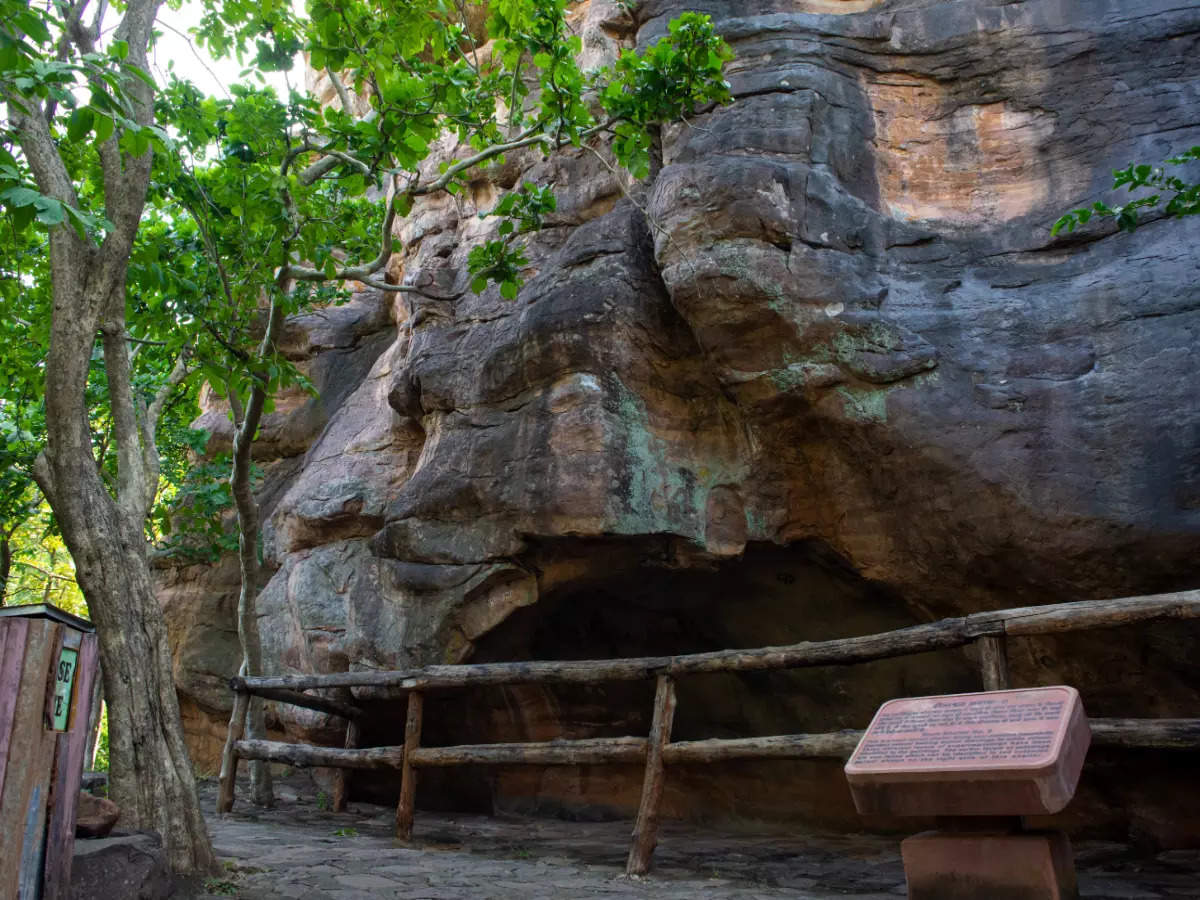Rock Shelters of Bhimbetka
The Rock Shelters of Bhimbetka, located in the foothills of the Vindhya Range in Madhya Pradesh, India, are a UNESCO World Heritage Site and a remarkable archaeological and cultural treasure. These rock shelters are renowned for their prehistoric rock art, some of which date back to over 30,000 years, representing one of the oldest known human habitations in India. Discovered in 1957, the site comprises over 750 rock shelters, of which about 400 contain paintings that vividly depict the life and times of the early inhabitants, including their hunting, dancing, and daily activities.
The paintings, created using natural pigments like red and white ochre, showcase a variety of themes, from animals such as deer, bison, and tigers to geometric patterns and human figures engaged in communal activities. These artworks span different historical periods, from the Upper Paleolithic to the Mesolithic and later historic times. The continuity of habitation and artistic expression in these shelters highlights the cultural and spiritual evolution of humanity in this region.
Surrounded by dense forests, the Bhimbetka rock shelters are not only a testament to early human creativity but also provide valuable insights into the interaction between humans and their environment over millennia. The site is closely associated with the mythology of Bhima from the Mahabharata, lending it cultural significance in addition to its historical value. Today, Bhimbetka is a major tourist destination and an important landmark in the study of human prehistory, offering a glimpse into the lives of our distant ancestors.
